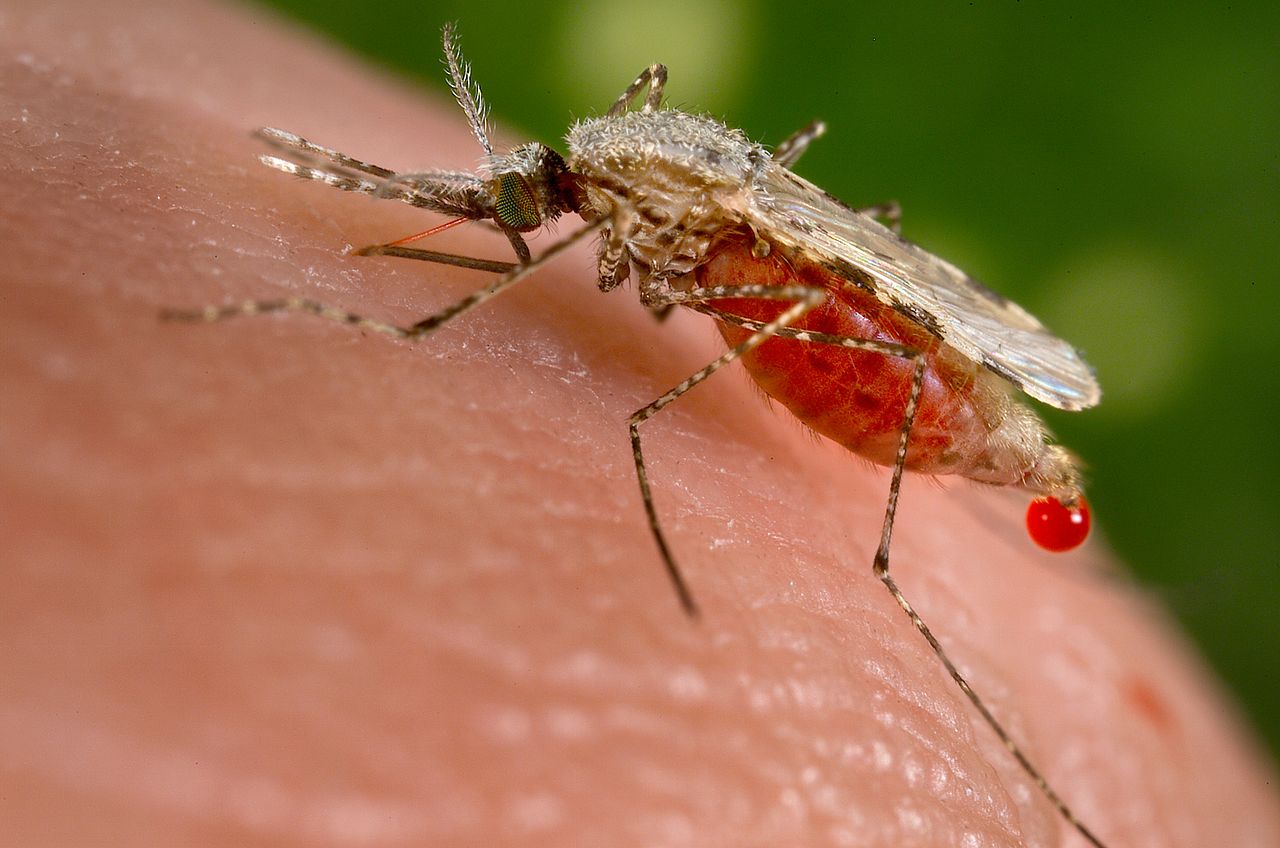Media release
From:
Researchers from Griffith University have developed a new malaria vaccine and showed that it works in early trials in humans. In fact, Professor Michael Good had so much faith in the vaccine that he stepped back from his usual research and became the first person to receive it.
The vaccine, called PlasProtecT®, consists of inactivated human malaria parasites which have been prevented from growing and causing a malaria infection. It is the first of its kind in the world, and has now been tested in volunteers, tests which showed the vaccine is safe and induces an immune response.
Malaria kills around 500,000 people every year, 80 per cent of whom are young children who are simply not strong enough to fight off the killer parasite.
To reach countries where malaria is endemic, the researchers need $500,000 to take their project to the next level and Rotary Clubs are now ramping up fundraising efforts to help them get there. Rotary's Malaria Vaccine Project has already raised $50,000.
Join us for this online briefing, when the researchers behind the vaccine will explain the work and their hopes for eradicating malaria.
Note: Griffith University’s Institute of Glycomics has produced an animation for media use, explaining the vaccine.
Speakers:
- Professor Michael Good AO is Principal Research Leader at the Institute for Glycomics, Griffith University
- Dr Danielle Stanisic is a Research Fellow at the Institute for Glycomics, Griffith University
Date: Fri 24 March 2017
Start Time: 09:30am AEDT
Duration: Approx 45 min
Venue: Online
JOINING ONLINE:
Journalists can follow the briefing online via audio and video streaming. Each presenter will speak for 5-7 minutes followed by questions. Journalists will have the opportunity to ask questions online.
1. Go to the briefing web portal by clicking here 5 minutes before the start time or anytime during the briefing.
2. Enter your name and email address
3. Click "Join".
If you are having difficulties logging in, we suggest you try pasting the link into a different browser.
(System requirements: You will need a broadband connection and speakers/headphones to hear the event. Allow 1-2 mins for your computer to be configured correctly, install ActiveX, if asked)
PHONE ONLY ACCESS:
1. For phone only access please call: 02 8518 1927.
2. Enter access code 576 336 716#.
Radio stations can also record the briefing over a phone line. If you would like to make sure that you can connect, please contact us to arrange a quick test before the day.
If you have any problems joining the briefing online, phone Webex on 1800 493 239 quoting event number 576 336 716.
Audio files will be posted here as soon as possible after the event.
For further information, please contact the AusSMC on 08 7120 8666 or email info@smc.org.au.
Expert Reaction
These comments have been collated by the Science Media Centre to provide a variety of expert perspectives on this issue. Feel free to use these quotes in your stories. Views expressed are the personal opinions of the experts named. They do not represent the views of the SMC or any other organisation unless specifically stated.
Richard Culleton is an Associate Professor at the Malaria Unit at the Institute of Tropical Medicine at Nagasaki University, Japan
This work is an exciting advance in the development of an effective malaria vaccine. We desperately need new approaches to the control and eventual elimination of malaria, an insidious disease that preys on young children in the tropics. Most of the malaria vaccines currently in development are based on single parasite proteins; Good and Stanisic’s approach is radically different - using an attenuated form of the whole malaria parasite, which, in theory, should provide the immune system with multiple targets against which it can mount a response. From their data so far, it seems that by exposing people to an attenuated (or weakened) form of the parasite, they are able to induce an immune response that may be protective against the natural parasite. Perhaps most excitingly, they have shown that this immune response also recognises other strains and even species of the parasite, raising the hope that their vaccine may be effective against the multitudinous types of malaria parasite found in endemic areas of the world. There are many different strains and species of malaria parasite in circulation, and finding a vaccine that can protect against them all has proven particularly troublesome so far. If their vaccine achieves this cross species protection, it would be a huge step forward towards a malaria free world. It must be stressed, of course, that this is preliminary data, and more work needs to be done to prove that the immune responses that are induced by their vaccine are really protective against infection with the parasite.



 Australia; International; QLD
Australia; International; QLD



